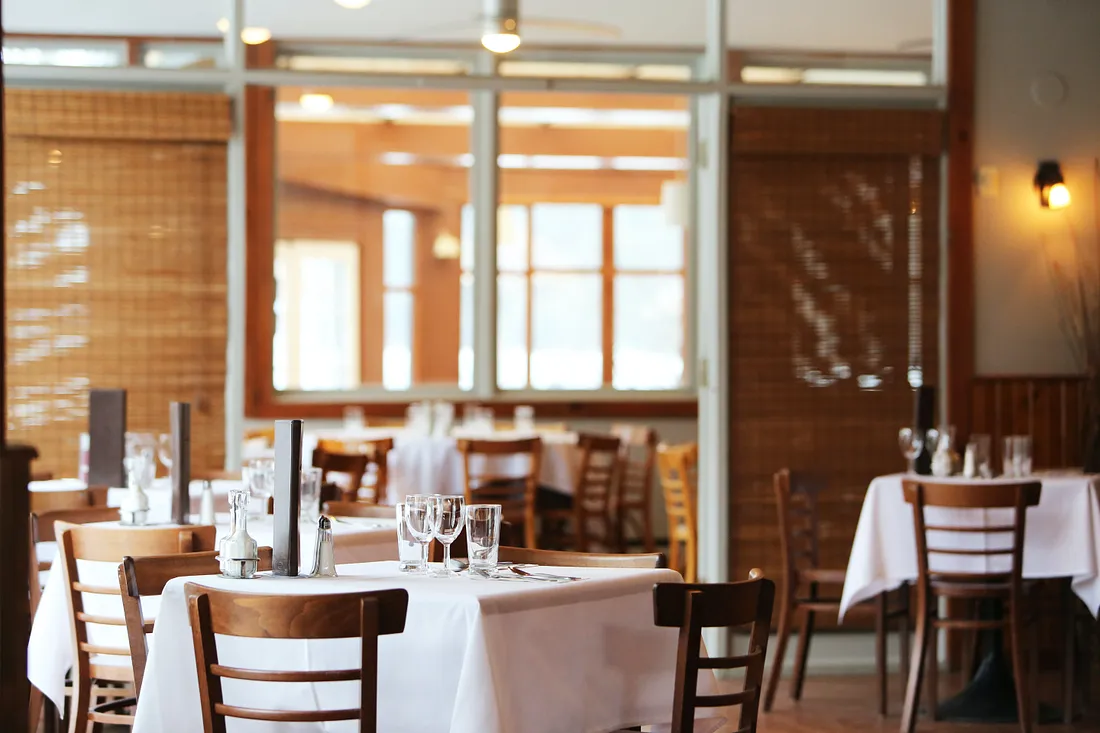Digging into California’s truffle industry
Few delicacies say “fine dining” like truffles. Notoriously hard to harvest, these luxe fungi can cost thousands of dollars, making them some of the most expensive ingredients. (Like the world’s largest white truffle, which sold for a whopping $61,000 in 2014.) Truffles are high maintenance. In addition to different truffles species needing their specific climates and trees (where they grow on the roots), they can take up to 20 years to develop. The mushrooms are also hard to find once they’re ready, so truffle hunters usually need a trained pig or dog to point them in the right direction. After all the harvesting work, truffles only stay fresh enough to eat for less than a week. These hard conditions don’t just justify the high cost of truffles, they also make growing them in your own backyard a little more convenient–and profitable. Just ask farmers in California. Where in the world are truffles? Although truffles require a long list of specifics before they can make it to world-renowned restaurants, surprisingly they can grow in several areas. However, most culinary truffles come from Europe, including Italy’s coveted white truffle. While Italy, France, and Spain still dominate the truffle market, countries like Australia (now the fourth-largest truffle industry in the world), New Zealand,
Consumers no longer dishing out on food and drink
Over the past year, the Consumer Price Index has risen 6 percent, with the highest peak at 9.1 percent in June last year–the biggest increase since November 1981. Consumers are feeling the brunt of inflation prices, and it is particularly impacting eating out and drinking habits. According to a recent Morning Consult report, more than half of Americans say they’re changing the ways they eat and drink due to inflation. Restaurants continue to take a hit Restaurants face myriad challenges from supply chain shortages, double-digit food inflation, wage increases and higher operating costs, to name a few. And it is no surprise that to keep their doors open, they are raising prices for consumers. But, as consumers look to save their pennies in the current economy, restaurants appear to be the first to get cut. According to the same Morning Consult report, all generations and income levels are equally likely to eat out less to reduce spending over other behaviors. This trend doesn’t just stop at dining in. Americans are also ordering less takeout and fewer restaurant deliveries. This also holds for previously to-go-loving millennials. In 2021, 49 percent of this generation reported dining out at least once a week. In 2023, that number dropped to 40 percent. The


